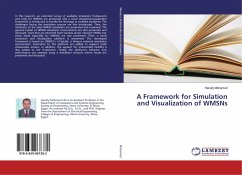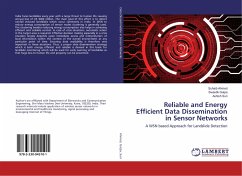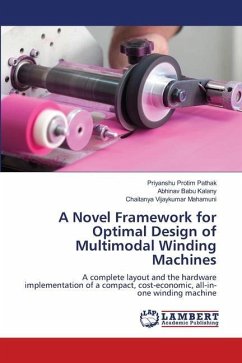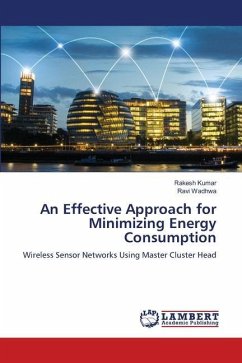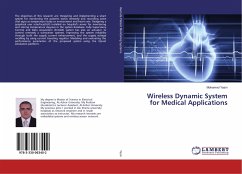In this research, an extended survey of available simulation frameworks and tools for WMSNs are presented and a novel simulation/visualization framework is introduced to handle the shortage in available platforms. The challenges facing the simulation process are first introduced. Then, the attributes of the ideal WMSN simulation are presented and reviewed. The general model of WMSN simulation environments are also presented and discussed. Tools that are inherited from wireless sensor network (WSN) and those made especially for WMSNs are also presented. Then, a novel simulation and visualization platform is presented. The developed framework is based on OMNET++/Castalia, a famous network simulation environment. Extensions to this platform are added to support multi video/audio sensors. In addition, the support for unbounded mobility is also added to the framework. Finally, the platform's behavior and performance are assessed using a simulation scenario where results are presented and discussed.
Bitte wählen Sie Ihr Anliegen aus.
Rechnungen
Retourenschein anfordern
Bestellstatus
Storno

